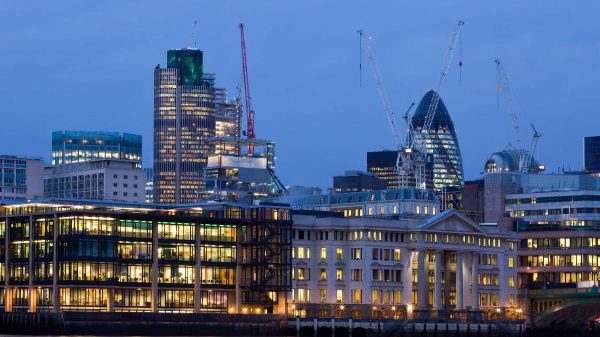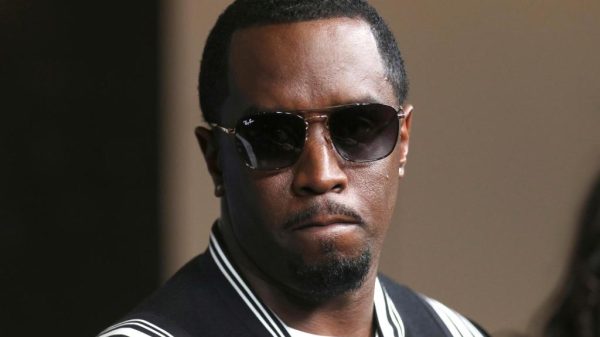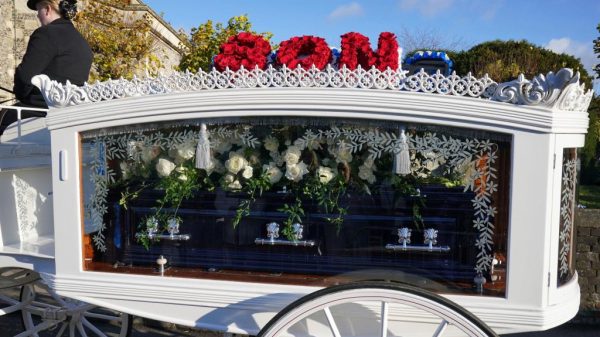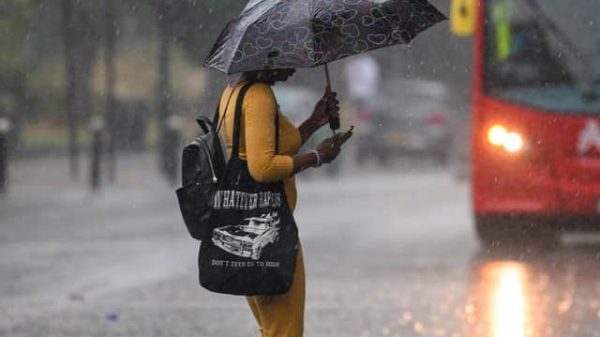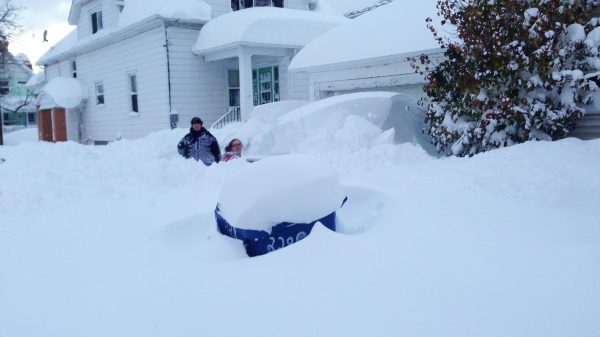The setting: a busy mall in the final weeks leading up to Christmas. or a retail warehouse. Alternatively, a crowded train station, airport terminal, or other location where big crowds congregate could be used.
There are many people present. However, if you look around, you’ll notice that face masks are a thing of the past.
Yes, there are the occasional ones here and there, but nothing like what happened three years ago at the start of the first winter holidays during the COVID pandemic—a momentous occasion in American history marked by controversy, accusations, and derision on both sides of the mask debate.
As 2023 comes to an end, mask-wearing is much more off than on across the nation, despite COVID’s lingering effects. Expectations are high for holiday parties, crowds, and numerous unintentional air leaks. Any time soon there would be a general mask mandate, it would be like the Ghost of Christmas Past—a glimpse of the past.
Alternatively, consider this: mask-wearing has evolved into a commonplace American phenomenon. Even though most people don’t do it on a regular basis, wearing masks is still a new way of being in a nation where, before the pandemic, the word “mask” was typically associated with Halloween or a costume party.
That’s an intriguing aspect of the pandemic, according to strategist Brooke Tully, who focuses on behavior modification.
According to her, “home delivery of food and all those kinds of services existed before COVID and were actually gaining some momentum.” However, there wasn’t really a baseline for something like mask wear in the United States. In COVID, it was something completely different. It’s therefore one of those newly introduced norms and behaviors.
It’s usually situational, as demonstrated by the recent decision by the hospital system of the University of Pittsburgh Medical Center to reintroduce the mask requirement at its facilities beginning on December 20 in response to an increase in respiratory viruses.
And for folks like Mooresville, North Carolina’s 60-year-old Sally Kiser, who oversees a home health care organization, she says, “I never know,” so I always have one with me.
“It’s kind of like a new paradigm for the world we live in,” she says. She doesn’t always wear it, depending on the situation. However, she will, if she feels it’s prudent.
Not too long ago, the fear of contracting COVID-19 drove demand for masks into overdrive. Terms like “N95” and notions like mask mandates entered our vocabularies, and there was an intense backlash from those who believed the government had overreached itself.
The masks came off, and the demand decreased as soon as the mandates stopped. It declined to the point where Project N95, a nonprofit organization established during the pandemic to assist individuals in locating high-quality masks, declared earlier this month that it would cease operations on Monday due to insufficient demand.
The executive director of the organization, Anne Miller, admits that she had assumed that mask use would become the norm rather than the exception.
“I assumed the new normal would be similar to what we observe in other cultures and regions of the world, where people simply wear masks out of extreme caution for other people,” the woman explains.
However, University of Nevada Reno sociology professor Markus Kemmelmeier asserts that’s not how norms function, whether they relate to public safety or not.
Kemmelmeier authored a study in 2020 regarding mask wear across the nation, which demonstrated that mandate resistance and mask usage varied by region depending on factors like pre-existing cultural divisions and political orientation.
He uses the uproar that followed the introduction of seatbelts and the enactment of seatbelt laws over forty years ago as an illustration of how certain practices, especially those that are mandated in some segments of society, either catch on or fade away.
“There was a lot of resistance when they were first instituted with all the sense that they make and all the effectiveness,” notes Kemmelmeier. “The argument consisted mainly of complaints about how individual liberties are being restricted and that you can’t tell me what to do.”
Members of the Park Slope Co-op in the Brooklyn borough of New York City recently determined that the long-standing, membership-only grocery was in need of assistance. The co-op started requiring masks on Wednesdays and Thursdays last month; the other five days remain free.
The proponents were not concerned with COVID-19 rates. According to co-op general manager Joe Holtz, they were considering immune-compromised individuals, a population that has always existed but gained widespread attention during the pandemic.
Immunocompromised individuals are more susceptible to respiratory infections like the flu and colds from other people, according to co-op supporters of the mask push. Holtz claims that by imposing a mask usage requirement, they can be better protected.
The administrators of the store chose the dates, and Holtz notes that they purposefully chose two of the slowest days rather than the busiest weekend days, acknowledging the fact that different people react differently to mask requirements.
“We want to minimize any negative financial impact that this decision may have,” he says, speaking from the perspective of management.
On a recent Thursday, those who were shopping there appeared unfazed.
Even though he doesn’t wear a mask on other days, Aron Halberstam, 77, says he wasn’t deterred by the requirement and wears one on required days. This is a middle ground that reflects what is happening in so many parts of the country more than three years after the mask became a part of everyday conversation and daily life.
Halberstam says, “I just do anything that is asked of me anywhere. I don’t resist.”
No matter how much opposition there is, the culture has changed, claims Kemmelmeier. Masks are still worn by people when traveling or in crowded areas like stores. Rather than because the government is forcing them to, they do it because they voluntarily choose to for personal reasons. Additionally, there may be brand-new causes. For example, during the summer, when wildfires reduced the quality of the air, many wore masks to protect themselves from the smoke and haze.
He asserts, “It always finds a niche to fit in with.” “And it will endure as long as there are needs in any place.”





